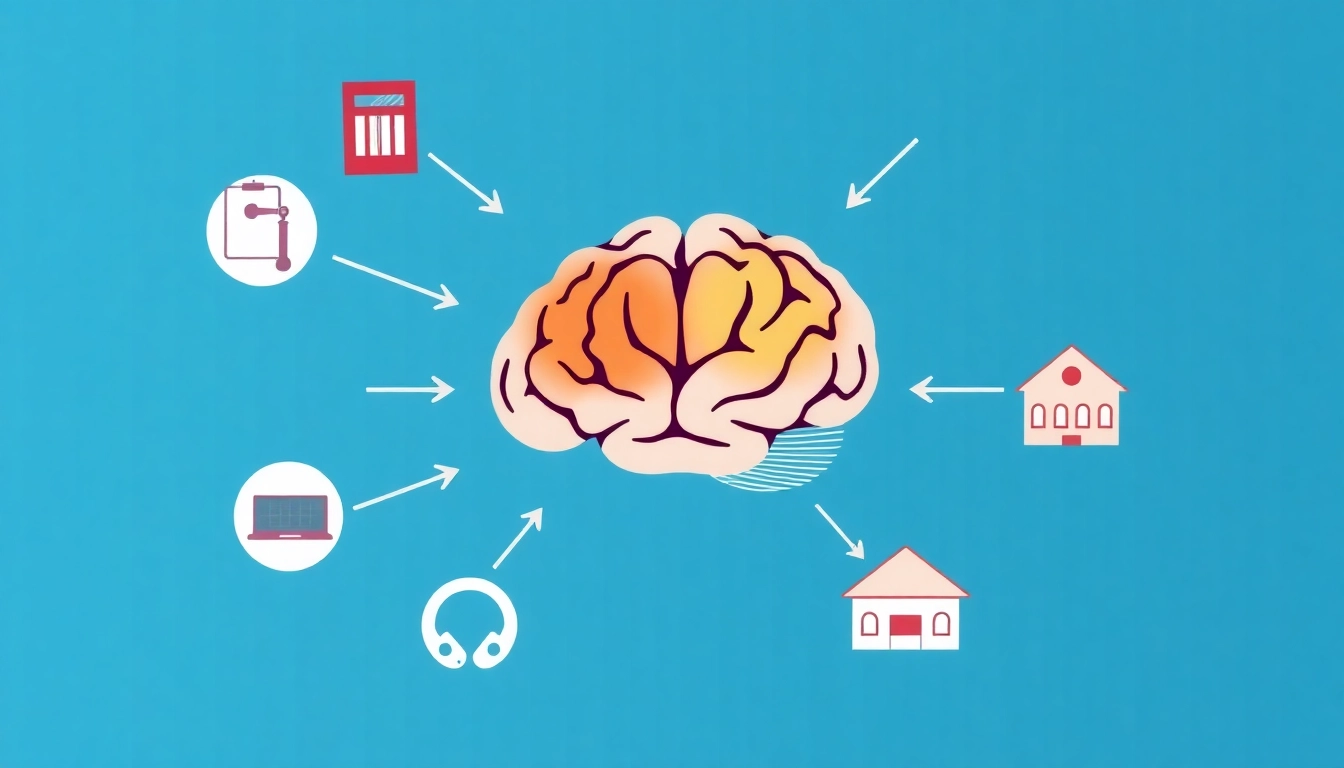The Link Between ADHD and Heightened Crime Rates: What Parents Need to Know

ADHD (Attention-Deficit/Hyperactivity Disorder) is often associated with challenges in attention, hyperactivity, and impulsivity. While it’s primarily understood as a neurological condition, some studies suggest a potential correlation between ADHD and societal issues like heightened crime rates. As a parent raising a child with ADHD—especially in a challenging environment where negative influences may be present—this can feel alarming. However, understanding these correlations and knowing how to support your child can help you navigate these challenges and guide them in the right direction.
In this article, we’ll explore the potential connection between ADHD and crime rates, how impulsivity can play a role, and what practical steps parents can take to ensure their child stays on a positive path, even when faced with societal pressures.
Are you a parent navigating the challenges of raising a child with ADHD? The Bonding Health App is here to help. With expert-backed tools, optimised guidance, and practical emotional regulation techniques, you can equip your child to thrive. Join a community of supportive parents and take the first step towards a happier, more balanced family life. Download now and start making a positive impact today!
Understanding the Correlation: ADHD and Crime

ADHD is not a direct cause of criminal behavior. However, the impulsivity, difficulty with emotional regulation, and struggles with decision-making that come with ADHD may increase the risk of engaging in risky behaviors or making poor decisions—especially for children and teens who are already exposed to challenging environments. Research suggests that individuals with untreated ADHD, particularly those who do not receive proper support or interventions, may be more prone to acting on impulse, which could potentially lead to risky behavior, and in some cases, even criminal activity.
A study published in the Journal of the American Academy of Child and Adolescent Psychiatry found that individuals with ADHD are more likely to encounter legal issues, including higher rates of arrests and incarcerations, compared to those without the condition. However, it’s important to note that these correlations are not universal. Many children with ADHD grow up to lead healthy, productive, and law-abiding lives. The key factors that increase the risk of engagement with crime are often linked to untreated ADHD symptoms, lack of emotional regulation, and environmental stressors like growing up in poverty or around negative influences.
Impulsivity and Decision-Making Challenges in ADHD

One of the defining characteristics of ADHD is impulsivity. This means that children with ADHD may act without thinking through the potential consequences of their actions. In a real-world scenario, this could mean:
- Engaging in risky behaviors such as theft or vandalism, particularly if they’re pressured by peers or exposed to environments where these behaviors are normalized.
- Struggling with authority or rules, which can make interactions with school administrators or even law enforcement more challenging.
- Emotional outbursts that lead to fights or confrontations, especially if they haven’t developed strong emotional regulation skills.
These behaviors, if left unchecked, can contribute to a negative cycle where impulsivity leads to poor decisions, and poor decisions result in escalating consequences, such as legal troubles or falling into risky social circles.
It’s important for parents to understand that these behaviors stem from neurobiological differences, not from a lack of morals or discipline. ADHD affects the brain’s ability to regulate impulses and emotions, which means children with ADHD need extra support to develop the tools they need to make responsible choices.
The Role of Environmental Factors
Raising a child with ADHD in a challenging environment—whether it’s an underserved community, a high-crime neighborhood, or a school with limited resources—can increase the likelihood of exposure to negative influences. Societal issues like crime, poverty, and limited access to mental health resources can compound the difficulties that ADHD already presents. Children who are exposed to unstable home environments, peer pressure, or violence may struggle even more to manage their impulsivity.
However, this doesn’t mean that a child with ADHD in a challenging environment is destined for negative outcomes. But it does highlight the importance of being proactive as a parent. Providing strong emotional support, creating a safe and structured home environment, and actively seeking resources for your child can help mitigate these risks.
Steps Parents Can Take to Support Their Child
While the link between ADHD and heightened crime rates may sound worrying, there are numerous ways you can support your child and help them stay on the right path. Here are some practical tips for parents raising children with ADHD in challenging environments:
-
Focus on Emotional Regulation Emotional regulation is key for children with ADHD, especially when it comes to managing impulsive behaviors. Teaching your child to recognize and manage their emotions will help them make better decisions in high-pressure situations. Tools like Bonding Health’s Qiks offer quick and easy emotional regulation techniques that both parents and children can use. By using techniques like mindfulness, deep breathing, or journaling, your child can develop healthier ways to handle their emotions and impulses.
-
Create Structure and Consistency at Home Children with ADHD thrive in environments where there is clear structure and routine. Establish consistent rules and expectations at home, and create a daily routine that gives your child a sense of predictability. This helps reduce impulsive decision-making because they know what to expect and what is expected of them. For more ideas, check out our guide on ADHD Morning Anger.
-
Set Clear Boundaries with Consequences While flexibility is important, setting clear boundaries with appropriate consequences is crucial for ADHD children. They need to understand the difference between right and wrong behavior, but more importantly, they need to know that impulsive actions—especially those that could lead to trouble—come with consequences. However, ensure that these consequences are constructive and focused on learning rather than punitive.
-
Stay Involved in Their Social Circles One of the most critical factors in preventing risky behaviors is knowing who your child is spending time with. Be involved in their social life and encourage friendships with peers who engage in positive activities. Enroll your child in sports, arts, or after-school programs where they can build confidence and interact with peers in healthy environments. For more tips, read our article on Effective Communication Strategies.
-
Seek Professional Support and Treatment If your child’s ADHD symptoms are impacting their behavior, professional support is essential. Talk therapy, behavior therapy, or cognitive behavioral therapy (CBT) can help your child develop emotional regulation and decision-making skills. If medication is part of your child’s treatment plan, make sure it’s being monitored effectively to ensure it’s helping them manage their symptoms. Learn more about emotional regulation skills.
-
Communicate Openly About Risks Have honest conversations with your child about the risks of certain behaviors and the potential consequences of impulsive actions. Help them understand that while ADHD may make it harder to control impulses, they are still responsible for their choices. These conversations can empower them to think twice before making decisions that could lead to negative consequences.
-
Model Healthy Decision-Making Children learn by example. If you want your child to make responsible choices, model those behaviors in your own life. Show them how you handle stress, how you make decisions, and how you manage your emotions. Being a positive role model will give them a concrete example to follow.
Conclusion: Proactive Parenting is Key

While ADHD may increase the likelihood of impulsive behaviors, it does not determine your child’s future. With the right guidance, support, and interventions, children with ADHD can thrive and avoid negative outcomes, even in challenging environments. By focusing on emotional regulation, creating structure at home, seeking professional help, and staying actively involved in your child’s social life, you can help them navigate their impulses and make positive decisions.
Remember, the goal is to empower your child to manage their ADHD in a way that helps them make thoughtful choices, even when the environment around them presents risks. With proactive parenting and the right tools, you can help your child avoid the pitfalls of impulsive behavior and set them on a path toward success.


